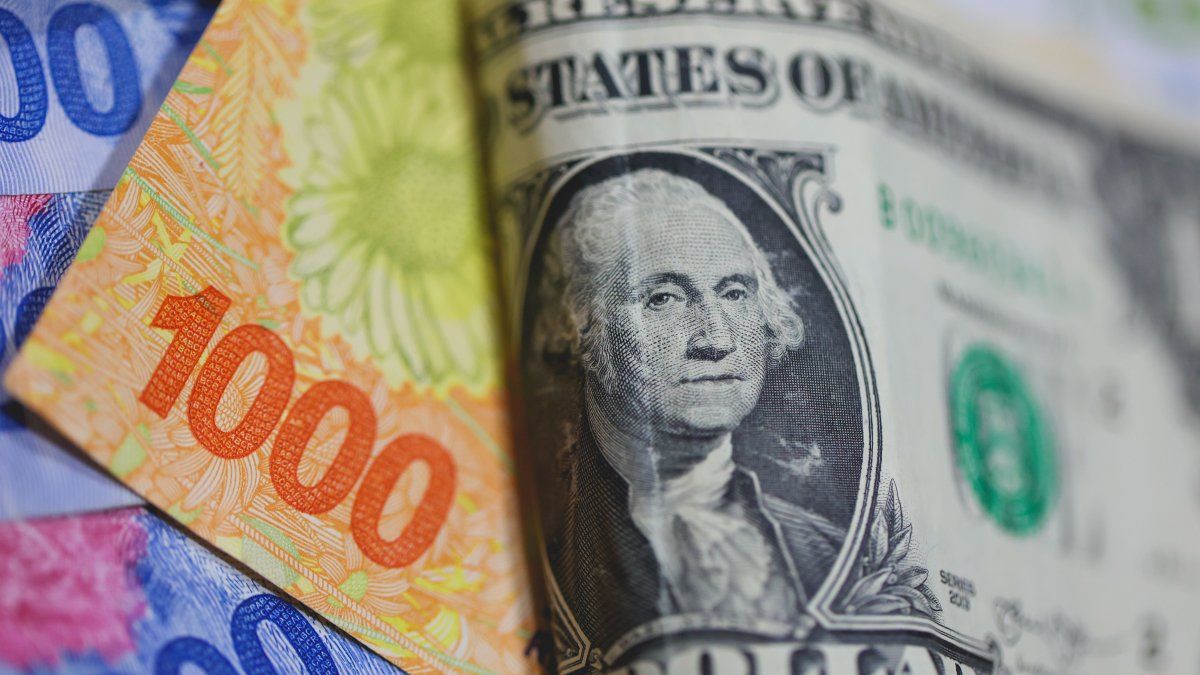This is reported by the daily newspaper “Kurier” online, citing the artist’s son, Adrian Kowanz. According to him, his mother had been struggling with a serious illness for a long time, but “never let it get her down” and worked until the end.
Since the 1980s, Kowanz has devoted himself to the aesthetic primacy of “light art with artificial light”. In dealing with the ubiquitous lighting, with light information, fluorescent tubes and monitors, she became one of the most well-known light artists.
In 2009 she was awarded the Grand Austrian State Prize. Kowanz not only creates “paintings of light and shadow”, but also “makes the light itself visible as a maker of visibility”, outlined the former mumok director Edelbert Köb, who dedicated a personal exhibition to Kowanz in 2010 entitled “Now I see”. her work on the occasion of the State Prize award ceremony.
In 2017, Kowanz, who was also a member of the Austrian Art Senate, represented Austria together with Erwin Wurm at the Venice Biennale, where she created her own “Light Pavilion” in an annex. Kowanz “has expanded the concept of the image in the direction of light,” said Biennale Commissioner Christa Steinle in recognition of the artist. As early as 1984, her works were exhibited at the Venice Biennale.
Kowanz was born in Vienna on April 13, 1957 and studied from 1975 to 1980 at the University of Applied Arts. From 1997 to 2021 she held a professorship for transmedia art there.
The artist was often referred to as the “ambassador of light”. In 2018 she received the German Light Art Prize because she reflects the phenomena of light and shadow, space and time in her work, as stated in the explanatory statement.
She was particularly interested in spatial images and light installations as well as interventions in the architectural field. She used light as a transport medium for coded information: rows of numbers, Morse code or linguistic changes can be found in it. In doing so, she questioned the perception of space and the view of seemingly everyday things.
Kowanz had solo exhibitions in Eindhoven, Munich, Venice, Berlin and Brussels, among others, and her works were also part of numerous group shows. She designed interventions in the architectural field, among others, in the Chamber of Labor in Linz, in the Liaunig Museum (Neuhaus) and at the Max Planck Institute for Molecular Biomedicine (Münster). Her most recent works include the installation “Lichtkreise” on the “Dragonfly” structure on the roof of the Leopold Museum and the installation “Sphere of Time” on the Varta Haus directly opposite the Museumsquartier.
Kowanz’ works make it clear that “contrary to the prevailing zeitgeist, the discourse on painting and color could literally be conducted in the light of conceptual and media-related considerations”, wrote curator Rainer Fuchs in a text on the “Language of Light”. “She linked painting and color with the phenomenon of artificial light, which in the age of new media technologies has long since functioned as the actual carrier medium for images and messages.”
Source: Nachrichten




